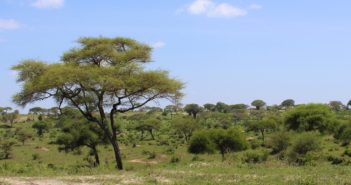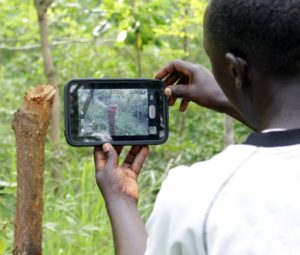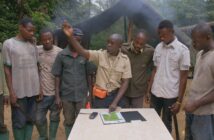Mother Nature has a mind of her own. No matter how many times you check the weather, it can change within the hour. Similarly, just when we think we understand non-human animals, we are exposed to some new behavior and our thinking is completely altered. When a recent study revealed that cownose rays were destroying bivalve populations, the public immediately reacted — with great strength. The campaign “Save the Bay, Eat a Ray” swept the coast by storm and reduced the ray population dramatically. Unfortunately, we didn’t have the complete story.
Studying the natural world can be challenging, and applying that research to effectively protect environments can be even more so. As is the case for science, sometimes trial-by-error leads to some stunning conclusions. When initial research exposes a major threat, immediate reaction often follows. Occasionally, when this information is incomplete, simply because learning never stops, missteps can occur.
Two new publications provide greater insight into the predator-prey relationship between rays and oysters, contradicting earlier findings. A workshop to better understand this relationship in the Chesapeake found that “while cownose rays have been known to consume oysters, these rays are not an invasive species and oysters are not considered a high percentage of their diet.”
Another study also demonstrates that bivalve populations decreased due to things like pollution, disease, overfishing and habitat loss, and not simply the rays. With multiple research perspectives, a better and more complete view of the ecosystem emerges. Thankfully, the campaign to eat rays can be halted, and these populations can be restored at some level. This research also illustrates the need to focus on other variables affecting bivalves, such as pollution and habitat protection.
Science is constantly evolving. As we continue to gather more data and observations, we can continually advance our protection of the natural world. Scientists, naturalists, zookeepers, and wildlife enthusiasts rely on research studies to help fuel conservation management. Without science, we wouldn’t know that sloths have algae growing on their fur, humpback whales migrate nearly 6,000 miles, and that Acacia trees communicate with each other.

Acacia trees
Without this knowledge, we could not enact beneficial management practices. Research is conducted by many individuals, testing many different theories from many different angles. Results are peer-reviewed, but sometimes we simply just need more research to see the full story.
Conservation management cannot only be based on one study. When you’re trying to solve a problem, you don’t just look at one angle: you gather your resources and pick a solution that fits best. Managers often mix multiple research findings to decide best practices to use. Various techniques, such as Geographical Information Systems (GIS) mapping and behavioral sciences give us a broader understanding of what is happening in nature. Large samples (ie. many animals or plants) and multi-year studies paint a better picture, too. The more we learn, the better management we can produce.
 Don’t discount the force of the public, either. Community-centered conservation practices have huge benefits, such as empowering individuals and creating a greater sense of awareness. The Jane Goodall Institute incorporates local people in ecosystem conservation, while combining the latest scientific insight and best management practices. Public perceptions are a huge force in policy, so it is important to remember that conservation must involve the local communities, too. If the ray incident revealed anything, it is that people care deeply and have the power to protect our ecosystems, if given the whole story.
Don’t discount the force of the public, either. Community-centered conservation practices have huge benefits, such as empowering individuals and creating a greater sense of awareness. The Jane Goodall Institute incorporates local people in ecosystem conservation, while combining the latest scientific insight and best management practices. Public perceptions are a huge force in policy, so it is important to remember that conservation must involve the local communities, too. If the ray incident revealed anything, it is that people care deeply and have the power to protect our ecosystems, if given the whole story.
Conservation may face some blunders, but humans learn from mistakes and we need to protect our world before it is too late.




